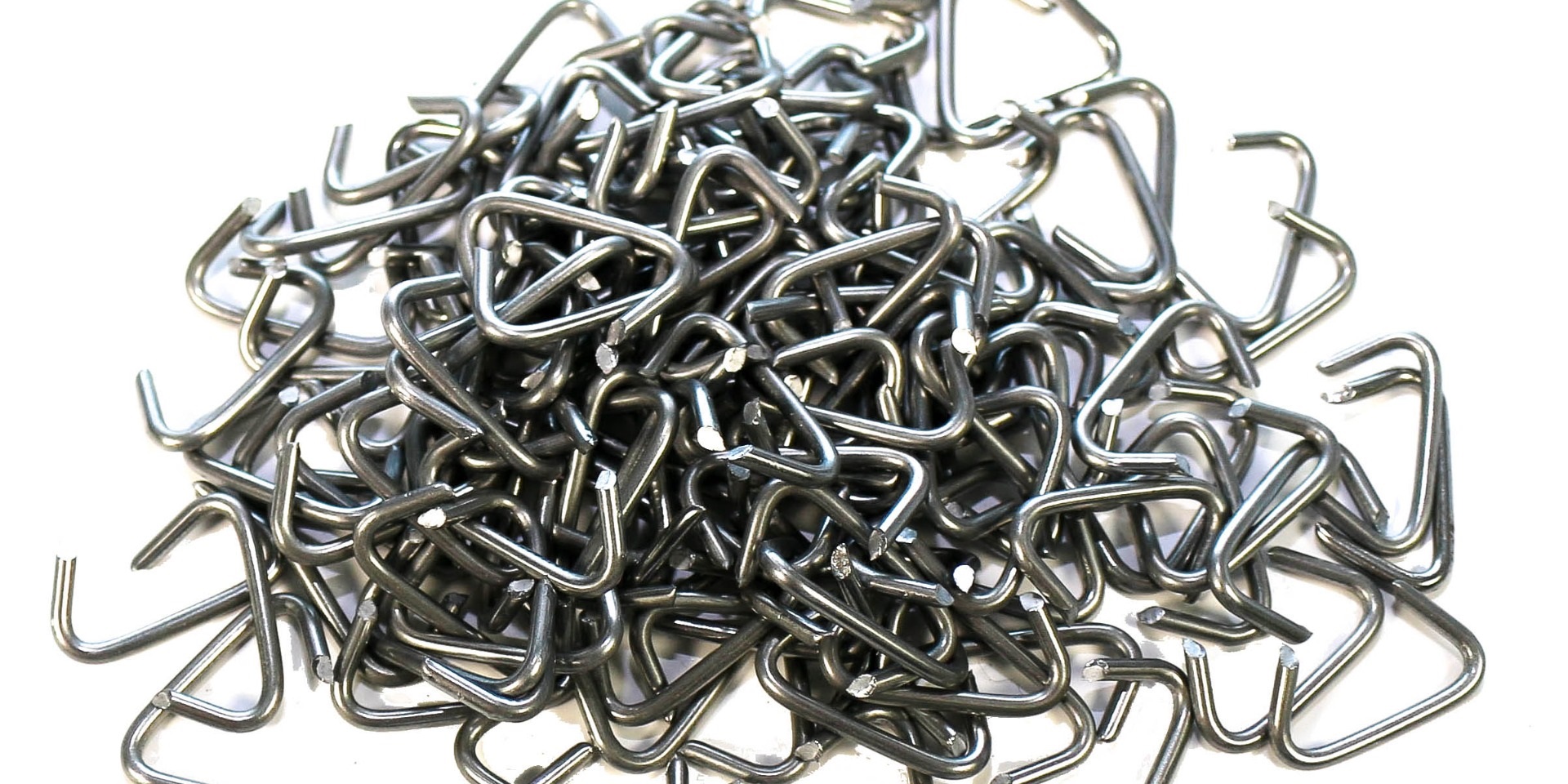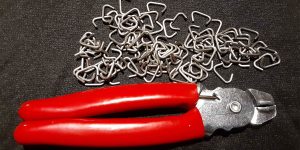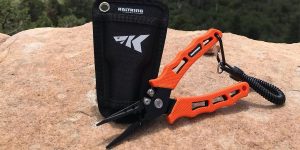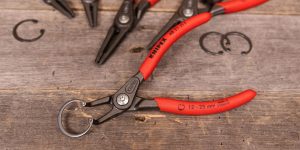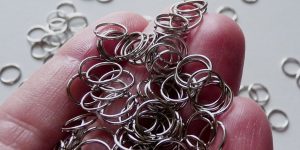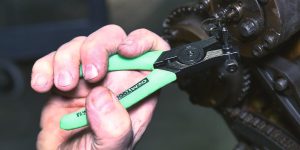Hog ring pliers are a type of tool used to secure hog rings. Hog rings are metal loops that can be used to fasten together with various materials, such as fabric, leather, or even plastic.
On the other hand, detent pin pliers are designed to secure detent pins. Detent pins are small metal pins that are used to secure a variety of different objects, such as hinges or drawers. Both hog ring and detent pin pliers are available in various sizes and styles, so choosing the right tool for the job at hand is essential.
Hog rings are typically made from steel, while detent pins can be made from various materials, such as brass or bronze. Hog rings are typically used to fasten together heavier materials, while detent pins are better suited for lighter objects. When choosing hog ring or detent pin pliers, it is essential to consider the type of material that will be fastened together and the weight of the object that will be secured.
Hog ring pliers typically have a jaw that opens wide enough to accommodate the hog ring, while detent pin pliers have a narrower jaw designed to grip the detent pin. Hog ring pliers also typically have a longer handle than detent pin pliers, making them easier to use when fastening together larger objects. On the other hand, detent pin pliers typically have a shorter handle, which can make them easier to control when securing smaller objects.

What is more reliable: hog ring or detent pin?
Several factors can affect the reliability of hog rings and detent pins, including the materials used, the manufacturing process, and the environment in which they will be used. In general, however, hog rings are more reliable than detent pins. It is because hog rings are made from stronger materials and are less likely to break or bend under stress. They are also less likely to be affected by corrosion and other environmental factors.
Conversely, detent pins are more prone to failure because they are made from weaker materials and are more likely to break or bend under stress. They are also more likely to be affected by corrosion and other environmental factors..
What is easier to use: hog ring or detent pin?
There is no definitive answer to this question as it depends on personal preference and the specific application. However, hog rings are typically seen as being easier to install and remove. It is because hog rings do not require precise alignment in order to be installed correctly, while detent pins must be aligned correctly to function properly.
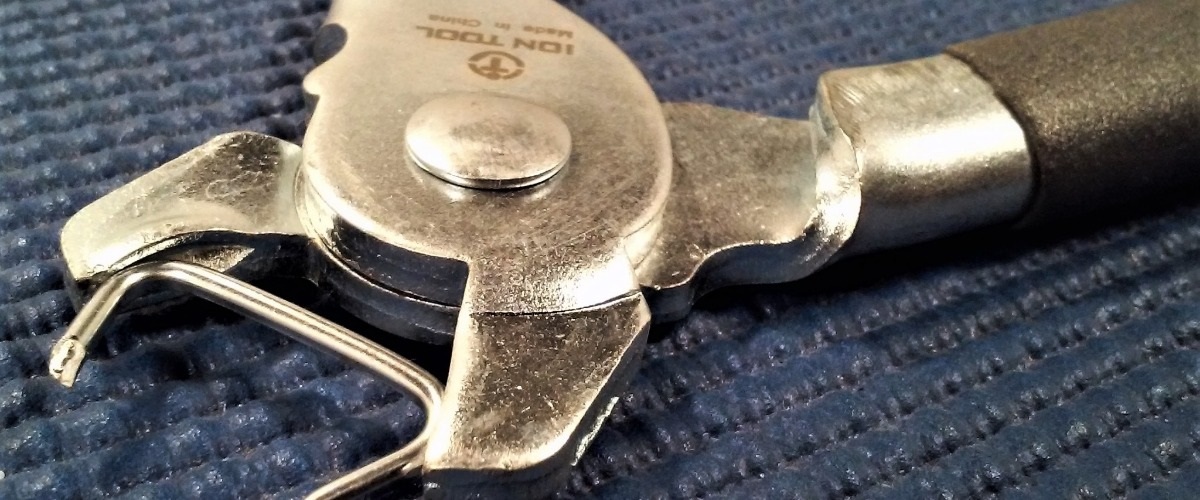
What is better to buy for home usage: hog ring or detent pin?
There are a few key considerations to consider when deciding whether hog rings or detent pins are the better options for home-usage.
The first is the intended purpose of the purchase. For example, if you’re looking for something primarily for decorative purposes, hog rings may be the more visually appealing choice. However, if you need a strong hold for something that will see a lot of wear and tear, then a hog ring may be the better choice. And oppositely, if you need something that can be easily removed and replaced, then a detent pin may be a better option.
Another key consideration is the material with which you’ll be using the hog rings or detent pins. If you’re working with softer materials, such as upholstery, hog rings may be the best option. They’re also a good choice for projects requiring movement, such as reclining furniture. On the other hand, detent pins are better suited for harder materials, such as wood.
Finally, the cost is always a factor to consider. Hog rings are typically less expensive than detent pins, so hog rings may be the better option if cost is a primary concern.

